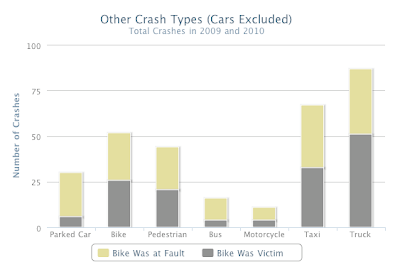After four long years of waiting for better and safer streets, the Bike Plan injunction was finally lifted in August and cyclists in the city are already beginning to see the changes.
New bike lines are being painted down on Townsend, North Point, and Laguna Honda. But these small victories are just ripples in the waves of change the San Francisco Bike Coalition has in mind for our city. In the latest edition of their quarterly publication, the Tube Times, the SFBC announced their new campaign entitled “Connecting the City” the end goal of which is to increase the range of ridership “from an eight-year-old child to an eighty-year-old grandmother” by designing a city bike network that is resolutely safe and comfortable.
Their method for accomplishing this is heavily inspired by European engineering feats. For example, in Norway, you can step on a foot plate by a steep hill’s curbside and the bike lift will roll you and your bike up at a speed of 4mph.
And according to
this article in the SFGate, Board of Supervisors President David Chiu is following the same train of thought after recently spending time in the bike-friendly Netherlands.
The article says that, “Chiu believes that the share of bike trips can and should be dramatically higher, if the city makes the commitment to make two-wheel travel safer and more convenient.”
Both Chiu and the SFBC believe in the bike lifts and support plans to build separated bike pathways with physical barriers on big traffic streets like the Embarcadero, Valencia Street, Fell Street, Oak Street, and San Jose Street.
The SFBC is also pushing for a bike bridge from Marina Green, around Fort Mason, to Fisherman’s Wharf, a bridge which the city might not be able to fund. The city is looking to spend $25 million on these projects for the roads over the next 5 years, but most of this funding will be given to striping lanes and adding bike lanes.
It’s important to remember that nothing is set in stone yet, but the future seems to hold some exciting changes for cyclists.




